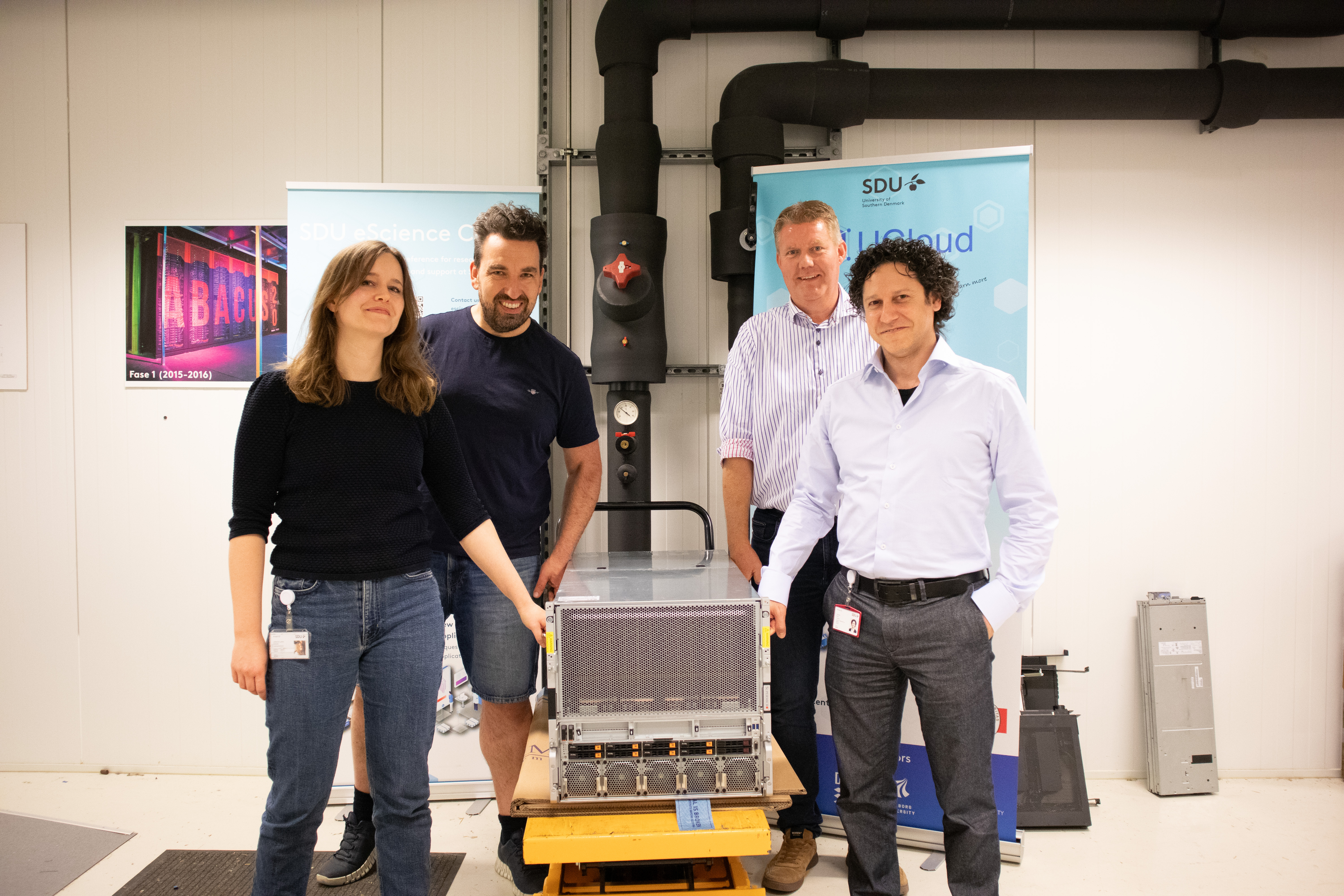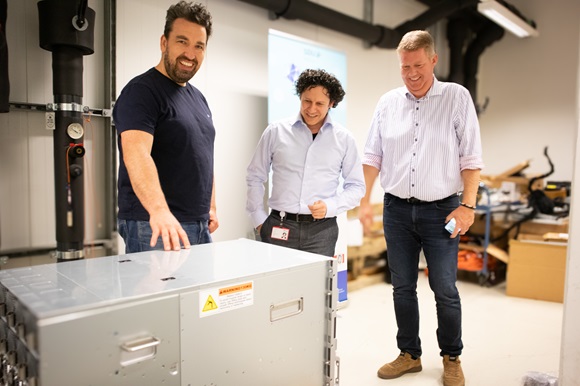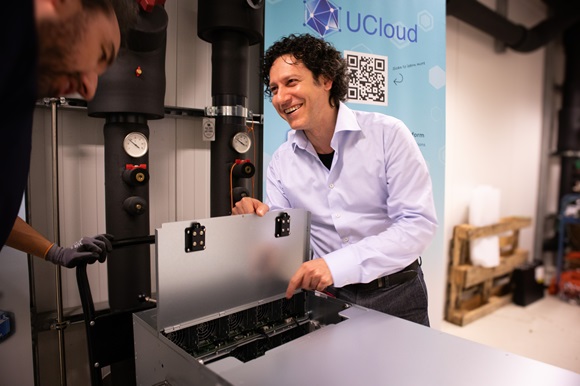
Denmark enters the elite league of AI research – first NVIDIA B200 GPUs arrive at SDU
As part of the Danish Foundation Models project, eight high-performance GPUs are now being installed at SDU's national research cloud, UCloud. The aim is to support the development of transparent and secure Danish-language AI models.
Eight of NVIDIA’s most advanced B200 GPUs are currently being deployed at the University of Southern Denmark (SDU) to support the national research project Danish Foundation Models (DFM). Once in place, the GPUs will be integrated into UCloud, Denmark’s national research cloud, operated by the SDU eScience Center at the Department of Mathematics and Computer Science.
This marks the beginning of a new technical phase for the DFM project, which was launched in late 2024 with a funding grant of 30.7 million DKK from the Ministry of Digital Affairs. The project brings together SDU, Aarhus University, the University of Copenhagen, and the Alexandra Institute with the goal of building open, secure, and Danish-specific language models.
This combination of advanced hardware and the infrastructure provided by the SDU eScience Center allows researchers across the DFM consortium to begin large-scale model development and training without delay.
– This is the first B200 system in Denmark and only the second in the Nordics, notes Tom Grotkaer Knudsen, Senior Sales Manager at Supermicro Nordic. – That it’s already arrived at SDU speaks volumes about the collaboration between the university, Supermicro, and NVIDIA.
To secure delivery of the highly sought-after GPUs, SDU had to meet strict conditions imposed by NVIDIA regarding export control and verified research use.
– There’s a global waiting list, says Professor Peter Schneider-Kamp, principal investigator of the DFM project. – We were lucky to get ahead.
– We’re grateful for the collaboration with Supermicro and Indes, and proud to have succeeded in getting these GPUs up and running within six weeks, adds Professor Claudio Pica, head of the SDU eScience Center. – This shows the strength of our research infrastructure and the national importance of this project.
Meet the researcher
Peter Schneider-Kamp, is Professor at Department of Mathematics and Computer Science. He has worked with Artificial Intelligence (AI) for 25 years, driving both the development of new methods and the application of AI to problems in software development, drone technologies, and healthcare.
SDU eScience Center - the center behind UCloud
The eScience Center offers a range of services both to universities and private companies at a competitive price. The Research Support Team operates as the SDU Front Office for the national HPC infrastructures.

A shared national effort
Rather than focusing on general-purpose models, the DFM consortium is working to develop language models tailored to Danish use cases. These include applications in public administration, education, healthcare, and support for small and medium-sized enterprises. All models developed through the project will be released as open source.
– Our aim is to create tools that reflect the Danish language and social context, and that can be used in a range of public and private sectors, says Professor Peter Schneider-Kamp from the Department of Mathematics and Computer Science at SDU.
The project also includes a collaborative sandbox environment where domain experts and developers can experiment with adapting and refining foundation models for specific tasks. Throughout the process, there is a continuous focus on data quality, transparency, and public accessibility.
Danish Foundation Models (DFM) initiative

UCloud – a crucial platform for responsible AI
At the heart of the technical infrastructure lies UCloud, Denmark’s national interactive high-performance computing (HPC) platform. Developed and managed by the SDU eScience Center, UCloud allows users across Danish universities and institutions to access and share computing resources in a secure and energy-efficient way, and it is the most used supercomputer in Europe.
– Just buying the storage needed for this kind of data would cost more than the server itself, explains Schneider-Kamp. – The reason this works is because UCloud already connects all the resources – storage, CPUs, GPUs – into a functioning ecosystem.
Professor Claudio Pica emphasizes that UCloud is what makes the GPUs usable in practice:
– We host everything in one place, so researchers can scale their work flexibly and efficiently. Without that integration, even powerful GPUs are difficult to use in real-world research.
NVIDIA B200 GPUs
Next phase – training Danish foundation models
Once the hardware is fully operational, the DFM team will begin large-scale training of Danish-language models. These models will be developed using techniques that combine smaller models with feedback from larger teacher models.
– Think of it as a professor giving guidance to a student on every step of an assignment, explains Schneider-Kamp. – This approach allows us to improve the performance of more compact models while maintaining transparency and control.
With the infrastructure now being put in place, the DFM project is preparing to deliver its first generation of models later this year. The combination of open-source design, national infrastructure, and responsible data use reflects a broader strategy to develop language technology that is both useful and aligned with Danish values.
– This is not just about building models – it’s about ensuring that the tools we develop can be trusted and maintained in a Danish context, says Pica. – And that starts with making them technically accessible through platforms like UCloud.